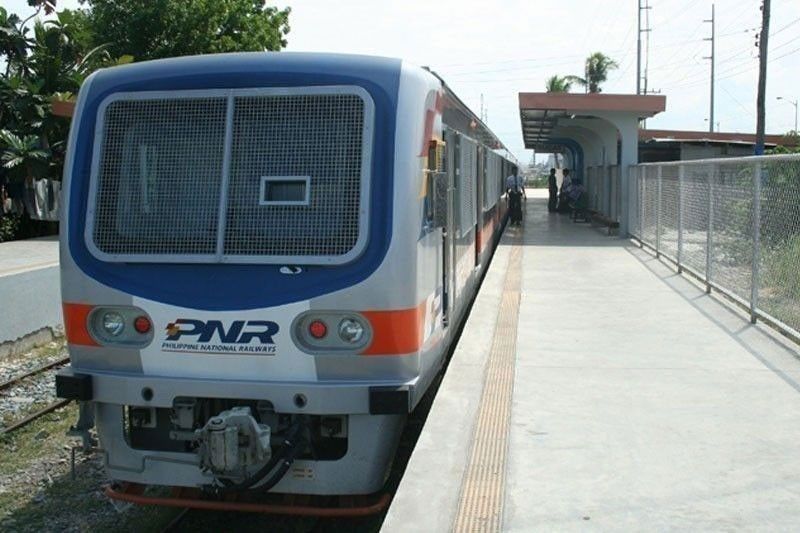The Philippines, a nation of stunning natural beauty and a rapidly growing economy, is also making significant strides in its transportation infrastructure. One of the key elements of this progress is the Philippines’ rail system. In this blog, we’ll explore the evolution of the country’s rail system, its current state, ongoing modernization efforts, and its role in shaping the nation’s future.
Historical Perspective
The history of rail transportation in the Philippines dates back to the late 19th century when the country was under Spanish colonial rule. The first line was built in 1892, connecting Manila and Dagupan. Over the years, several milestones have been achieved, with significant expansion efforts in the 20th century.
Current State of the Rail System
Today, the Philippines boasts a network of railways connecting key cities and regions. Major operators like the Philippine National Railways (PNR) and Light Rail Transit Authority (LRTA) play vital roles in ensuring efficient transportation for millions of commuters. However, challenges such as congestion and limited coverage remain.
Modernization Efforts
Recognizing the need for improvement, the Philippine government has been investing heavily in the modernization of the rail system. This includes the construction of new lines, upgrading existing infrastructure, and adopting cutting-edge technology to enhance service quality.
Sustainability and Environmental Impact
A robust rail system plays a crucial role in sustainability. It significantly reduces greenhouse gas emissions compared to traditional road transportation, making it an environmentally friendly choice. This also contributes to the Philippines’ broader sustainability goals.
Accessibility and Convenience
The rail system in the Philippines provides easy access to various destinations, especially in major urban centers. It offers a convenient mode of transportation for daily commuters and tourists. Integration with other modes of transport like buses and tricycles further enhances its convenience.
Future Prospects
The future looks promising with ongoing projects and expansions in the pipeline. These developments are expected to bring economic and social benefits, increasing connectivity and mobility for both urban and rural areas.
Technology and Innovation
Modern rail transportation in the Philippines is embracing innovative technology to improve safety and efficiency. From smart ticketing systems to advanced signaling, technology is transforming the rail experience.
Case Studies
Highlighted case studies demonstrate the impact of improved rail systems in specific areas. These success stories provide insights into the transformational power of efficient rail transportation.
Community Impact
Rail transportation has a significant impact on local communities. It creates job opportunities, boosts economic development, and contributes to better urban planning and connectivity.
Takeaway
The Philippines’ rail system plays a pivotal role in the nation’s growth and development. With continued modernization efforts and a commitment to sustainability, it promises a bright future for transportation in the country.




